

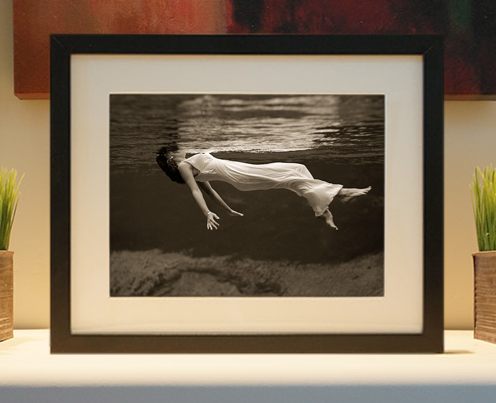
Framed or unframed, desk size to sofa size, printed by us in Arizona and Alabama since 2007. Explore now.
Shorpy is funded by you. Patreon contributors get an ad-free experience.
Learn more.

- Tough Guys
- Lost in Toyland
- And without gloves
- If I were a blindfolded time traveler
- Smoke Consumer Also Cooks
- Oh that stove!
- Possibly still there?
- What?!?
- $100 Reward
- Freeze Frame
- Texas Flyer wanted
- Just a Year Too Soon
- WWII -- Replacing men with women at the railroad crossing.
- Yes, Icing
- You kids drive me nuts!
- NOT An Easy Job
- I wonder
- Just add window boxes
- Icing Platform?
- Indiana Harbor Belt abides
- Freezing haze
- Corrections (for those who care)
- C&NW at Nelson
- Fallen Flags
- A dangerous job made worse
- Water Stop
- Passenger trains have right of way over freights?
- Coal
- Never ceases to amaze me.
- Still chuggin' (in model form)
Print Emporium
Detroit Photographic Special
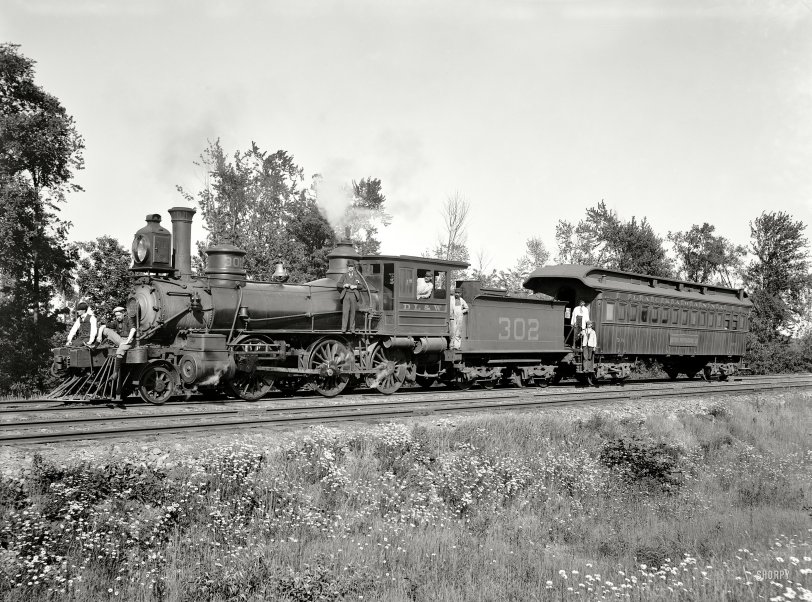
Circa 1890s. "Delaware, Lackawanna and Western Railroad. Detroit Photographic Special." Detroit Photographic Co.'s rolling showroom-darkroom. View full size.
Saturated steam
The 302 ran on saturated steam like the engines from this era. The high-pressure rectangular-shaped cylinders indicate that engine preceded the super-heated steam era.
Cylinder cock
The wisp of steam near the cylinder jacket is coming from a slightly open cylinder cock.
Hmm
The sight of that leaky cylinder jacket suggests that we might be looking at some needed-but-deferred maintenance.
My Great Uncle's Old Job
My great uncle L.Glover worked for this railroad in the 1950's. His picture can be seen on their website.
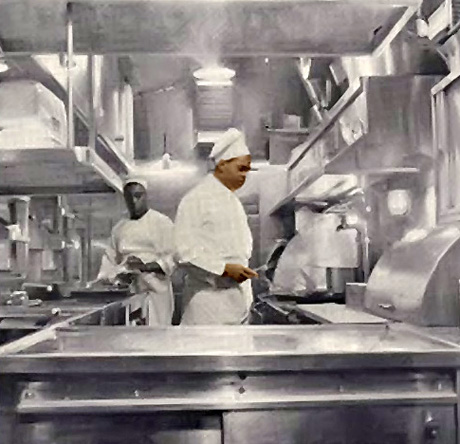
The D, L, & W
Ah, the Delaware, Lackawanna,& Western. My father, who was a New Jersey commuter many years ago, said the letters stood for "delay, linger, and wait."
Front end facts
The vertical staffs on both ends of the pilot beam had two traditional uses. First, they acted as a handhold for employees to get from that tiny footboard on the bottom of the flimsy pilot to the pilot deck. Second, there was likely a slot in that staff to accommodate the flags that would be displayed during the daytime to indicate the class of the train.
Note the extended center sill bracketing the coupler. It made contact with the cars it would be shoving as a helper behind a train. These buffers were mostly added to locomotives and coal cars moving the anthracite that was the lifeblood of DL&W's business. These buffers were supposed to prevent jackknifing by the helper shoving too hard.
For you safety buffs, notice the short cut lever to operate the front coupler. Reaching in to "pull the pin" from that tiney footboard during inclement weather more than likely resulted in a report from the railroad that "employee died while irresponsibly moving between train."
What is that
pointy spiked thing, located on the front of the engine next to the guy closest to the camera?
Hirsute Grandeur
5 out of the 7 gentlemen sport very flamboyant mustaches. I wonder if the two up front on the cow catcher were part of the Detroit crew.
Sprayless Locomotive
I can't say I recall seeing fenders/splashguards on locomotive wheels before!
Three numbers in three years
The Delaware, Lackawanna & Western had the peculiar practice of numbering locomotives for the division they worked; this all changed with new management in 1899.
Old 302 began its career as Buffalo Division no. 40 when constructed by Cooke in 1882. She weighed 81200' on her 57" diameter drivers, and was shop number 1238.
In 1899 the new Truesdale administration renumbered all the company's locomotives into a system-wide series. Hence, Buff.Div. 40 was renumbered 302. With new locomotives coming to the road, many engines were soon renumbered. Number 302 was renumbered DL&W 288 in 1902.
The Lackawanna had a very large number of these 2-6-0 Mogul types; they were used in freight service all over the system for many years. As trains got heavier and speeds increased, these old engines became obsolete all at once, whether they were thirty years or ten years old.Quite a few of these hogs were sold to other railroads or used equipment dealers all over the US and Cuba, but not our former 302; she was scrapped in 1903. [BTW, Dave, great shot. Keep the RR stuff coming...]





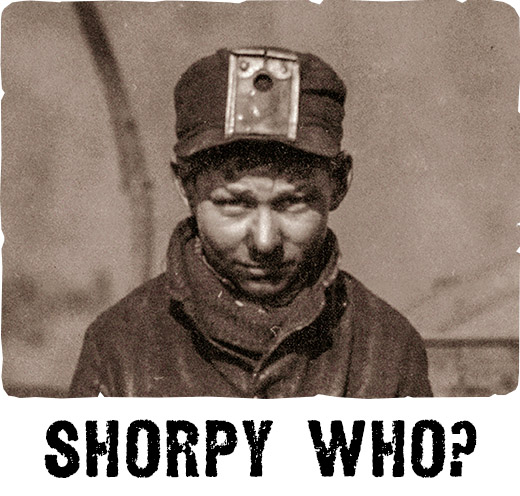
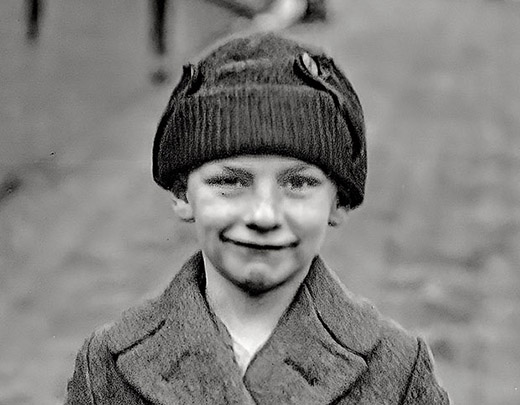
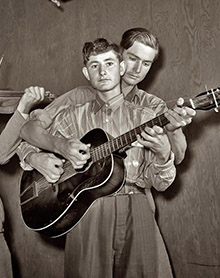
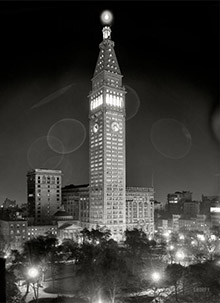
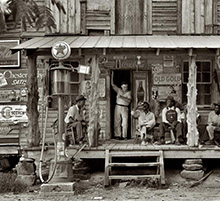
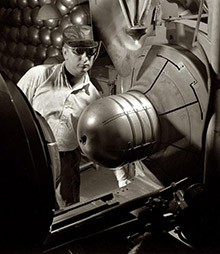
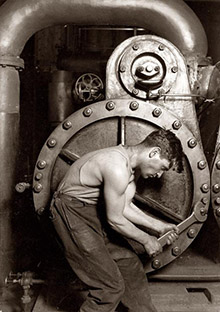
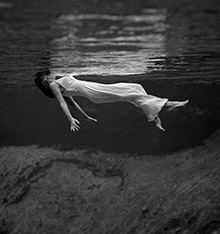
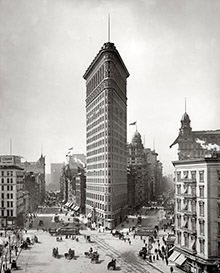
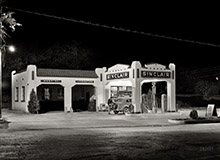
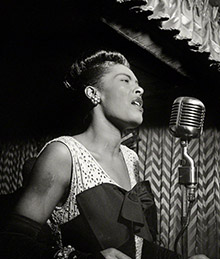
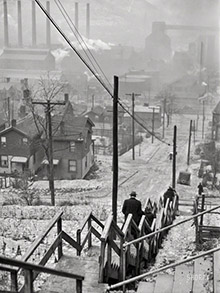
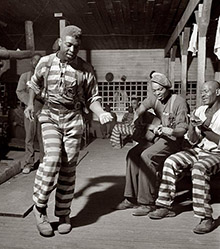
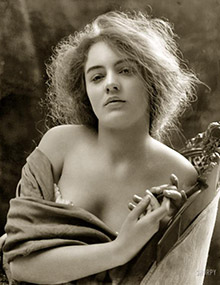
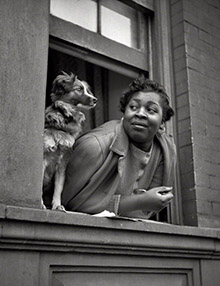
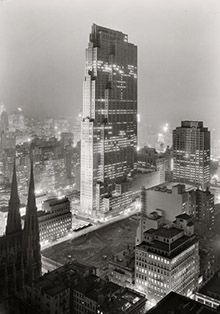
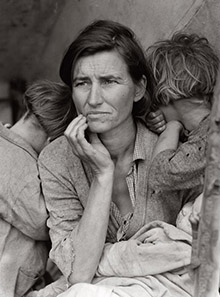
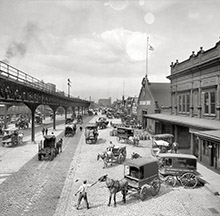
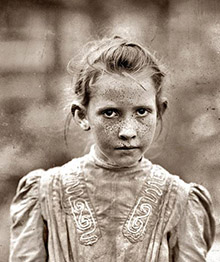
On Shorpy:
Today’s Top 5